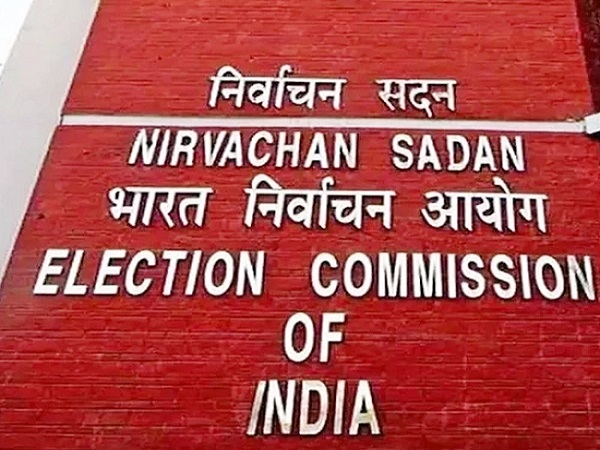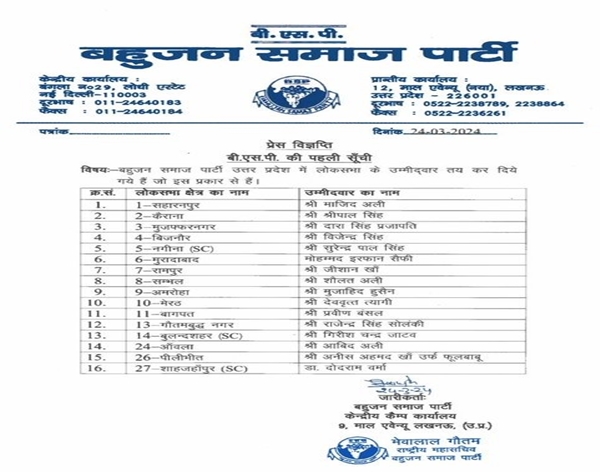As the country gears up for the largest democratic event, the Lok Sabha elections, our correspondent brings you an exclusive story on the crucial role of the Voter cards and their evolution with time.
It all began in 1957 when the idea of Electors Photo Identity Cards was proposed. However, it wasn’t until 1993 that these identity cards became a nationwide reality in India. Despite initial challenges, including a failed pilot project in Calcutta in 1960, the concept prevailed. The EPIC bill, introduced in 1958, played a major role in laying the foundation for these identity cards. Spearheaded by individuals like Sukumar Sen, India’s first Chief Election Commissioner, the bill eventually became law, paving the way for the implementation of Electors Photo Identity Cards. Over time, the concept evolved, with photo identity cards being introduced in various elections, such as the 1979 Sikkim assembly elections. Subsequently, they were implemented in other northeastern states, setting the stage for their nationwide launch in 1993. In 2021, the Election Commission took another leap forward with the introduction of the Electronic Electoral Photo Identity Card (e-EPIC). This digital version of the voter identity card, with its secure QR code and non-editable format, marked a significant advancement in ensuring easier access and storage for voters. From the initial proposal to the nationwide implementation and the digital revolution with the e-EPIC, the journey of the EPIC card highlights country’s continuous efforts to strengthen India’s electoral process and ensure the participation of every eligible citizen in shaping the nation’s future.















